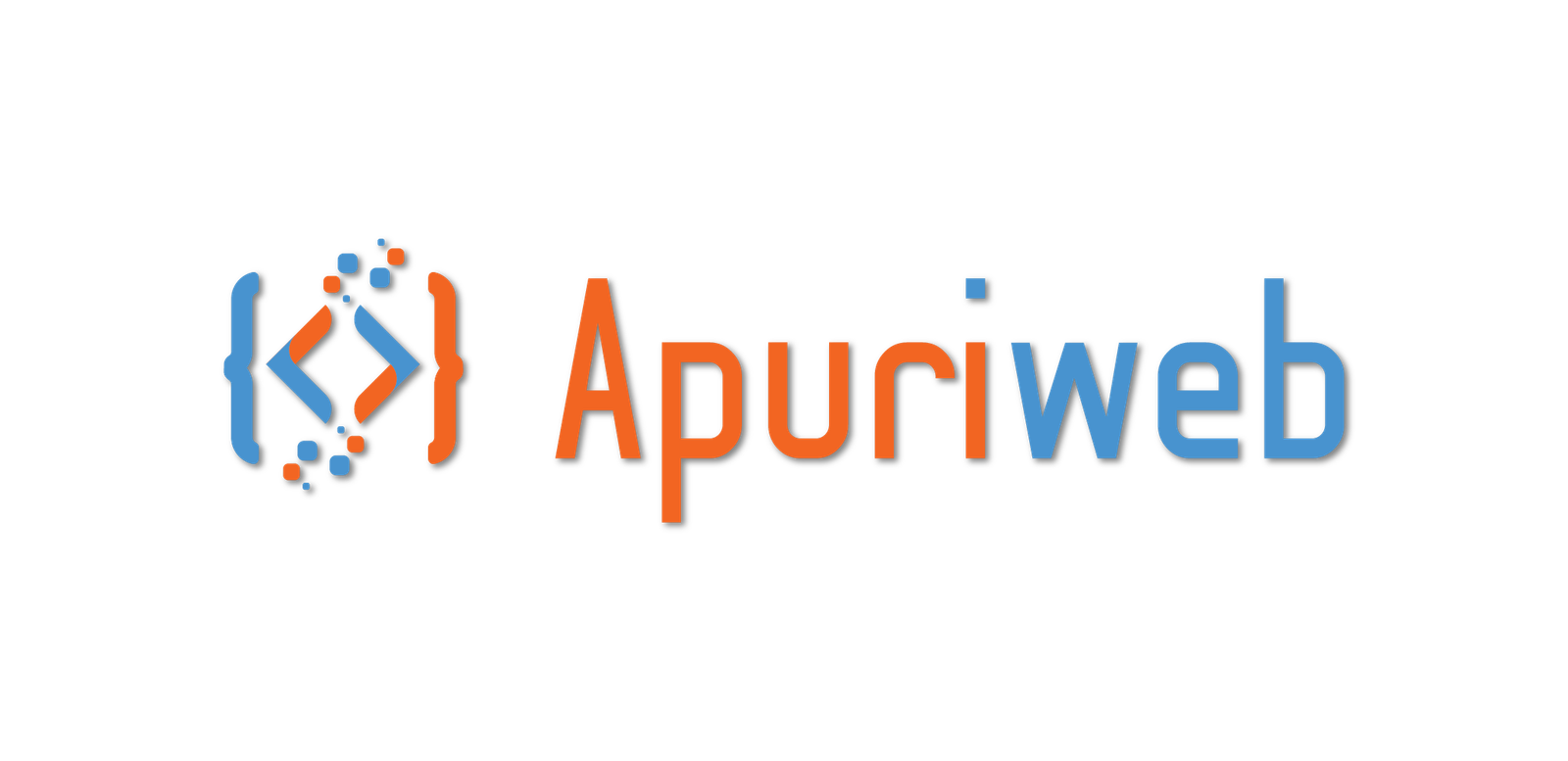
Mastering Google Ads involves understanding the platform’s features, optimizing campaigns, and continually refining your strategy. Here are key steps to achieve Google Ads mastery:
Understanding Google Ads Basics:
- Familiarize yourself with the basics of Google Ads, including the different campaign types (Search, Display, Video, Shopping), ad formats, and targeting options.
Keyword Research:
- Conduct thorough keyword research to identify relevant and high-performing keywords for your ads. Utilize tools like Google Keyword Planner and other third-party tools.
Campaign Structure:
- Organize your campaigns with a clear structure. Use ad groups to group related keywords and create targeted ads for specific audiences.
Compelling Ad Copy:
- Craft compelling and relevant ad copy. Highlight unique selling propositions and include a strong call to action. Test different ad variations to identify the most effective ones.
Landing Page Optimization:
- Ensure that your landing pages align with your ad content and provide a seamless user experience. Optimize landing pages for conversions and user engagement.
Ad Extensions:
- Take advantage of ad extensions to provide additional information and encourage user interaction. Extensions include site link extensions, callout extensions, and structured snippet extensions.
Targeting Options:
- Use advanced targeting options to reach specific audiences. This includes demographics, location targeting, device targeting, and audience targeting based on interests or behavior.
Conversion Tracking:
- Implement conversion tracking to measure the success of your campaigns. Set up goals and track valuable actions, such as form submissions, purchases, or sign-ups.
Bid Strategies:
- Experiment with different bidding strategies. Understand automated bidding options, like Target CPA (Cost Per Acquisition) or Target ROAS (Return On Ad Spend), to optimize for specific goals.
Quality Score Optimization:
- Focus on improving your Quality Score, which is a measure of ad relevance, landing page experience, and expected click-through rate. A higher Quality Score can lead to lower costs and better ad placements.
Ad Schedule and Budget Management:
- Set ad schedules based on when your target audience is most active. Monitor and adjust your budget to ensure optimal performance.
A/B Testing:
- Continuously run A/B tests to compare different ad variations, targeting options, and landing page elements. Use data-driven insights to refine your campaigns.
Remarketing Strategies:
- Implement remarketing campaigns to target users who have previously interacted with your website. Tailor your ads to encourage them to return and complete desired actions.
Stay Informed:
- Keep up with industry trends, Google Ads updates, and best practices. Attend webinars, read blogs, and participate in forums to stay informed about the latest strategies.
Analytics Integration:
- Integrate Google Ads with Google Analytics for a comprehensive view of user behavior. Use analytics data to inform your advertising strategy and make data-driven decisions.
Mastering Google Ads is an ongoing process of learning, testing, and optimizing. Stay proactive, adapt to changes, and refine your strategies based on performance data to achieve long-term success.
